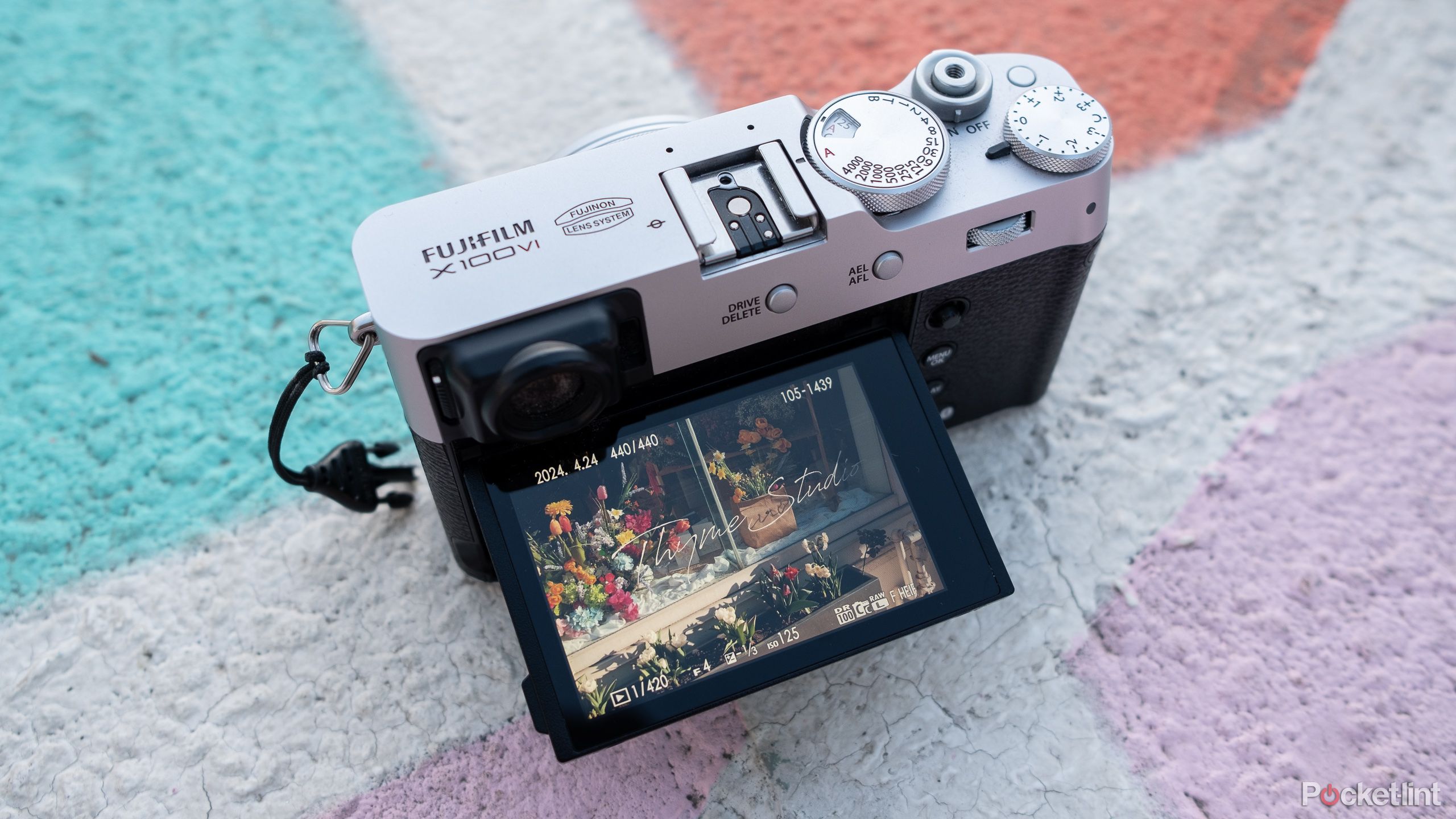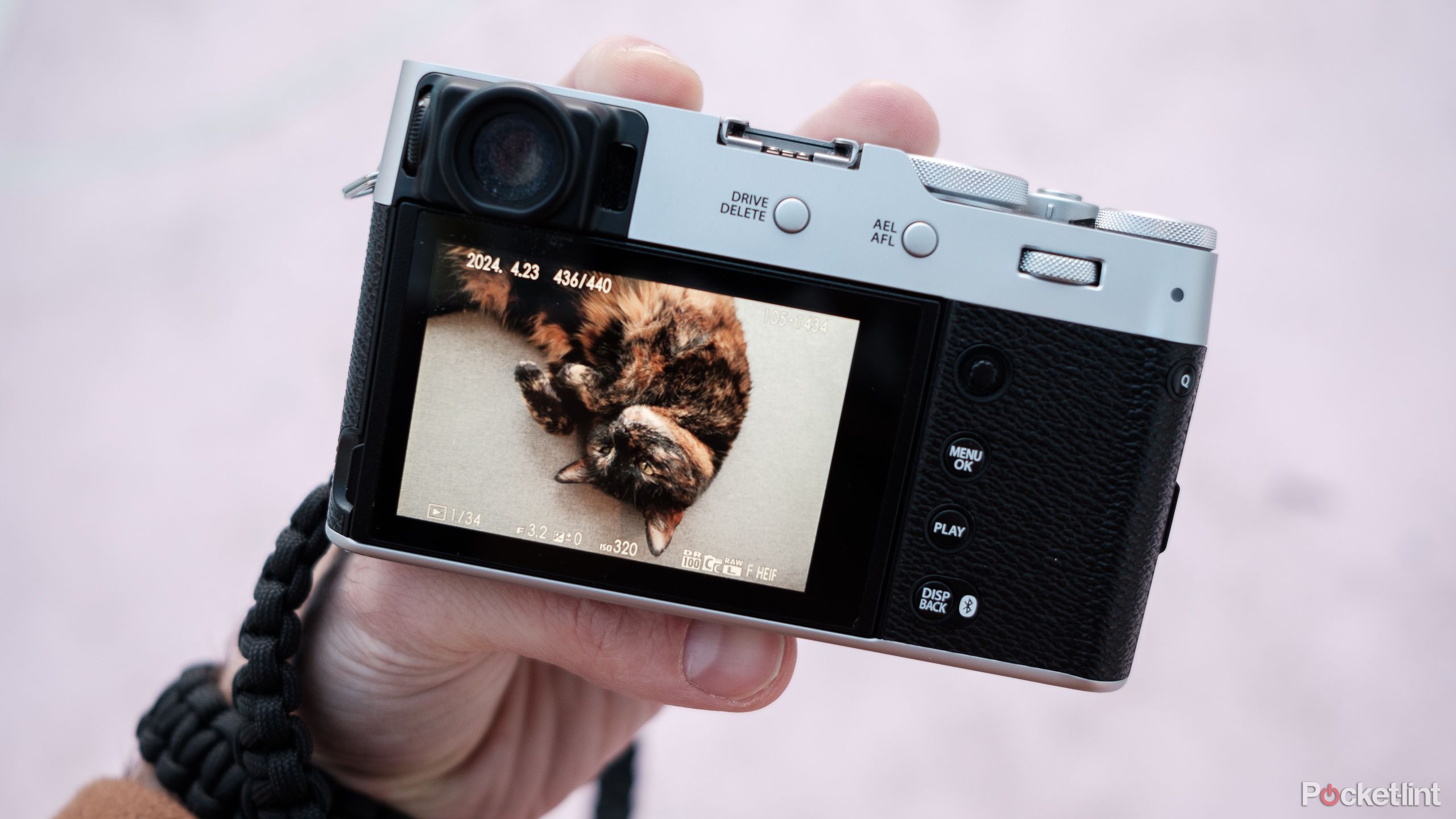Key Takeaways
- Priced at $1,599, the Fujifilm X100VI comes with updated features, including a new 40-megapixel sensor.
- The new camera retains the design and tactile controls of the X100V, making it appealing to photo enthusiasts.
- Despite being priced high, X100VI may inspire a love for photography due to its user experience.
In 2018, I bought the Fujifilm X-E3. I didn’t know it at the time, but that camera would turn out to be a life-changing purchase. I had owned other cameras before, but none of them managed to inspire me in the way the X-E3 had. Not only did it produce beautiful photographs, but everything about the user experience gelled with how I like to use technology. Half a decade later, I’m a better photographer than I was in 2018, and I can safely say it’s largely thanks to the X-E3.
After using the X100VI for two weeks, I feel similarly inspired. At this point, Fujifilm’s latest camera needs no introduction, but in case you’re new to photography, there are a few things that make it noteworthy. Fujifilm has been producing the X100 series since 2010, and for most of its history, the line has had a small but passionate fan base. That is until partway through the pandemic when the X100V, the X100VI’s immediate predecessor, gained TikTok fame. Subsequently, the X100V became nearly impossible to buy, and the price of second-hand X100 models — and other Fujifilm cameras more broadly — increased significantly.
Viewed in that context, the X100VI is as much an upgrade to the X100V as it is a response to its runaway success. Yes, Fujifilm outfitted the camera with some new features, including in-body image stabilization (IBIS) and its latest X-Trans sensor, but those tweaks are, in my opinion, secondary to the fact the X100VI is now $200 more expensive than its predecessor. $1,599 is a lot to ask for a camera that’s limited to a single lens.
So, I think the question most people want answered is whether the Fujifilm X100VI is worth the hype and price.

Recommended
Fujifilm X100VI
If you fit in its target market, the Fujifilm X100VI is an incredible camera. The new model retains the design and manual controls of the X100V while adding a new, more detailed sensor and six stops of in-body image stabilization.
- Fantastic ergonomics
- Incredible build quality
- Six stops of in-body image stabilization
- Detailed 40-megapixel sensor
- Expensive
- Dated lens
- Limited to UHS-1 memory cards

See our process
How we test and review products at Pocket-lint
We don’t do arm-chair research. We buy and test our own products, and we only publish buyer’s guides with products we’ve actually reviewed.
Price, specs, and availability
The X100VI is available to buy from Adorama, B&H, and other online retailers for $1,599. Fujifilm offers the camera in two colorways: silver and black. As with the X100V before it, demand for the X100VI is high, so expect to wait a while before you can buy one.
What I liked about the Fujifilm X100VI
Thoughtful ergonomics and some great features
I’ll get to the X100VI’s upgrades in a moment, but to start I want to talk about what it carries over from earlier X100 cameras. Most notably, the X100VI features essentially the same form factor as the X100 did back in 2010. Sure, Fujifilm has made ergonomic tweaks over the years, moving the placement of select buttons and dials, but after a decade of refinement, the X100VI is still a compact camera with a fixed lens and a hybrid viewfinder. And if you’re a photographer of a certain sort, that’s what makes the X100VI so appealing.
One of the reasons I love Fujifilm cameras so much is that they often feature dedicated manual controls rather than the PSAM layout found on most modern cameras.
I fall into that camp. One of the reasons I love Fujifilm cameras so much is that they often feature dedicated manual controls rather than the PSAM layout found on most modern cameras. Somewhat unintuitively, I find all those dials make the act of photography feel more immediate; when you have direct control over the exposure triangle, you’re not fighting the camera to snap a photo.
The X100VI is the most maximalist expression of that philosophy. Each button and dial feels delightfully tactile, the leaf shutter produces a subtle but satisfying click when you snap a photo, and the camera has a hefty weight that is reassuring. All of those combine to create a device that feels incredible to use.
For the two weeks I had the X100VI, my girlfriend and I spent our evenings and weekends roaming Toronto’s east end and taking turns taking photos of everything we saw. At the end of each day, we would lament the fact I had to send the X100VI back to Fujifilm. That’s how much fun we had with the camera.
It would be a mistake if I also didn’t mention the X100VI is, simply put, cool. I can’t count how many times a barista or someone I met during my adventures with the X100VI asked about the camera I was carrying around. Fujifilm understands the rule of cool like no other company making cameras right now.
Okay, but what about those upgrades I mentioned before? New to the X100VI is a more detailed 40-megapixel sensor and Fujifilm’s latest X-Processor 5. Fujifilm has also outfitted the camera with six stops of in-body image stabilization (IBIS). Additionally, the new model comes preloaded with 20 of the company’s film simulations. There are other, smaller enhancements, but I’ll also note here the X100VI is still limited to using UHS-I memory cards and Fujifilm’s older and smaller NP-W126S batteries.
The jump to a 40-megapixel sensor isn’t as dramatic of an upgrade as you might think. Photos do look sharper than those produced by my X-E3’s 24.3-megapixel X-Trans III sensor, but I also wasn’t blown away by the amount of detail I saw when I went pixel-peeping in Adobe Lightroom. That shouldn’t come as a surprise. Like its predecessors, the X100VI features a 23mm pancake lens with an f/2 aperture. It’s a prime that prioritizes portability over image quality. If you’re considering the X100VI as the owner of an earlier model in the series or an older Fujifilm camera, the X100VI isn’t a great showcase of what the latest X-Trans sensor can do.
Fujifilm understands the rule of cool like no other company making cameras right now.
The X100VI also isn’t a great showcase of what Fujifilm’s X-Processor 5 can do. The company claims the chip makes the X100VI almost twice as fast as the X100V, but as far as autofocus speed is concerned, the newer model is limited by a slow, outdated lens. The processor does extend the X100VI’s video capture capabilities — allowing it, for instance, to capture 10-bit, 6.2K footage at a 1.23x crop — but between its form factor and that aging lens I mentioned, there are cameras in Fujifilm’s lineup that are far better suited for video production.
More impactful is the addition of IBIS. In combination with a built-in ND filter (a feature carried over from the X100V), the X100VI feels like it’s up to the task of capturing almost anything. Looking through all the photos I shot, there isn’t one that’s out of focus or soft. Within the confines of its 23mm lens, the only limit I felt was related to my own lack of creativity.
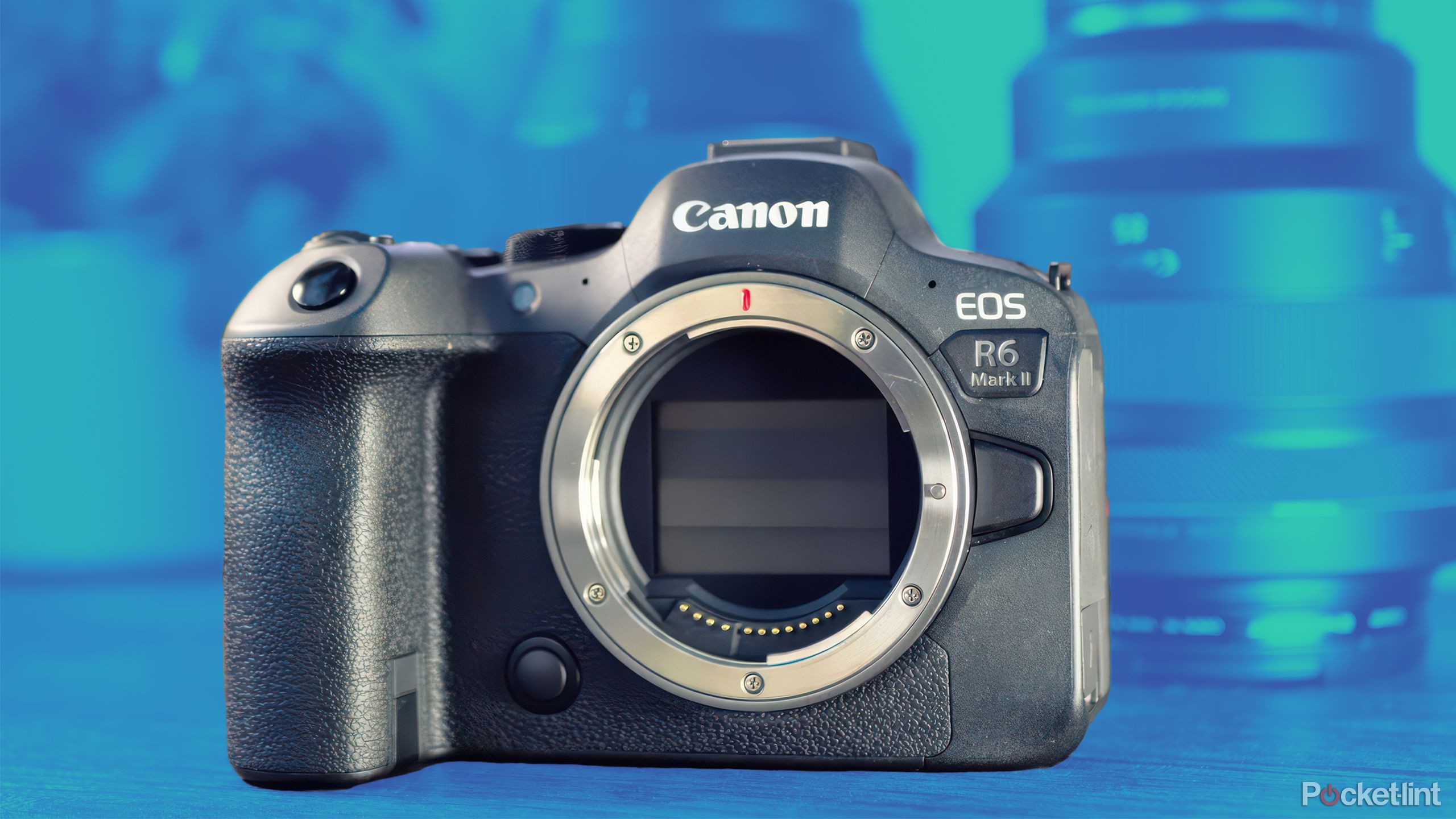
Related
The best cameras for photos and video
No matter your experience level or goals, the best cameras will help you create stunning images and videos.
What I didn’t like about the Fujifilm X100VI
Feature creep
Outside of the limitations of its form factor, there’s not much the X100VI does poorly, and most of the things I disliked about it are issues that plague nearly every camera in 2024.
To start, the X100VI retains the menu layout found on past Fujifilm X-series cameras, but there are now more menu items than ever. Coming from the X-E3, each section of the menu has at least one additional page of new settings to browse and tweak. It can be a lot to navigate, particularly since many of the settings don’t come with any sort of explanation detailing what they do. I ended up watching a 45-minute video someone on YouTube made to assist other overwhelmed X100V and X100VI users, and I’m glad I did because I feel I would have otherwise spent most of the limited time I had with the X100VI tweaking its settings rather than going out and shooting.
Of course, it’s possible to ignore many of X100VI’s more niche options, but their inclusion feels at odds with the camera’s original design. Another problem with the menus is that Fujifilm doesn’t employ a consistent font, both in terms of typeface and size. The interface isn’t the most frustrating I’ve used on a modern camera, but it does encumber the X100VI; to get the most you can out of this camera, you will absolutely need to familiarize yourself with its settings. So, calling it a simple ‘point-and-shoot’ isn’t quite right.
More annoying than the menu system were the issues I had with Fujifilm’s companion mobile app. No matter what I tried, I couldn’t get the software to recognize the X100VI, which meant I couldn’t transfer photos directly from the camera to my iPhone 12 to take advantage of automatic geotagging and the addition of HEIF support.
Of course, it’s possible to ignore many of X100VI’s more niche options, but their inclusion feels at odds with the camera’s original design.
If you’re a longtime Fujifilm shooter, my experience won’t come as news to you; the company’s companion app has been a consistent source of user frustration. A friend of mine who got to review the X100VI early said they never managed to get the camera to connect to their iPhone through the Fujifilm app, either. For what it’s worth, the company did try to help me troubleshoot the problem, but by the time I heard back, I had to return my review unit.
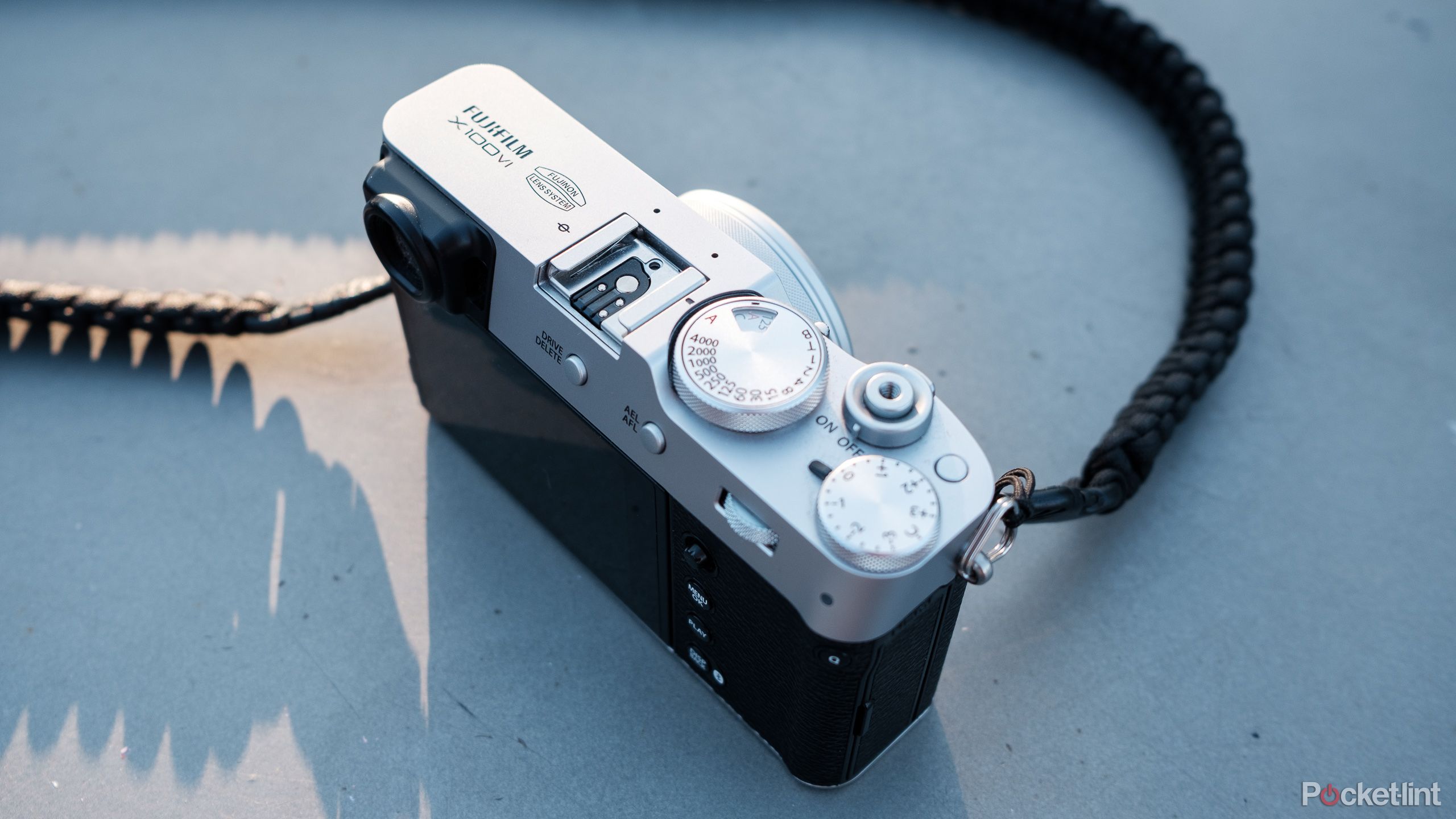 Should you buy the Fujifilm X100VI?
Should you buy the Fujifilm X100VI?
If you’re reading this review, chances are you already have an opinion of the X100VI and know if it would fit into your photography style. I must admit, even as someone who almost exclusively shoots with the XF 23mm F2, a prime lens that features the same focal length as the X100VI’s built-in lens, I occasionally found the camera limiting. There were moments I wished I could switch to a longer lens to get a different perspective on a subject.
The X100VI isn’t for everyone. I know that. Fujifilm knows that. You know that.
However, outside those instances, the X100VI was a joy to use, and it rejuvenated my love of photography. Ultimately, I think that’s the most important part of any camera; all the features and specs in the world don’t matter if your camera doesn’t inspire you to pick it up. At the same time, I understand a $1,599 camera, particularly one with some limitations, isn’t an easy sell. And you know what, that’s okay.
The X100VI isn’t for everyone. I know that. Fujifilm knows that. You know that. But if you want a photography-first camera that you can carry around with you every day, I can safely say the X100VI is one of the best you can buy right now, and it might even inspire you to take your craft to the next level.
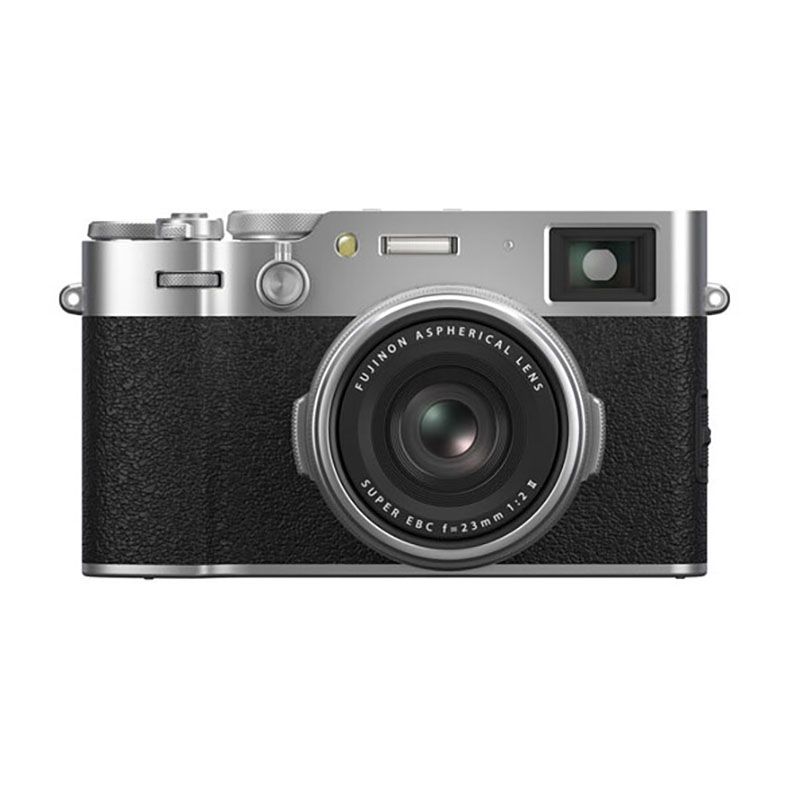

Recommended
Fujifilm X100VI
Trending Products

Cooler Master MasterBox Q300L Micro-ATX Tower with Magnetic Design Dust Filter, Transparent Acrylic Side Panel, Adjustable I/O & Fully Ventilated Airflow, Black (MCB-Q300L-KANN-S00)

ASUS TUF Gaming GT301 ZAKU II Edition ATX mid-Tower Compact case with Tempered Glass Side Panel, Honeycomb Front Panel, 120mm Aura Addressable RGB Fan, Headphone Hanger,360mm Radiator, Gundam Edition

ASUS TUF Gaming GT501 Mid-Tower Computer Case for up to EATX Motherboards with USB 3.0 Front Panel Cases GT501/GRY/WITH Handle

be quiet! Pure Base 500DX ATX Mid Tower PC case | ARGB | 3 Pre-Installed Pure Wings 2 Fans | Tempered Glass Window | Black | BGW37

ASUS ROG Strix Helios GX601 White Edition RGB Mid-Tower Computer Case for ATX/EATX Motherboards with tempered glass, aluminum frame, GPU braces, 420mm radiator support and Aura Sync


